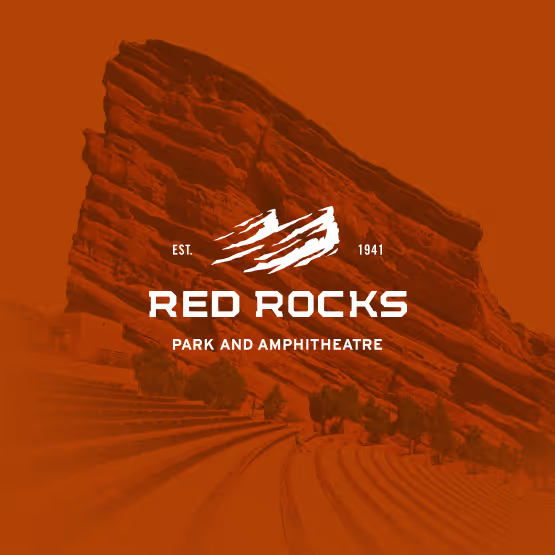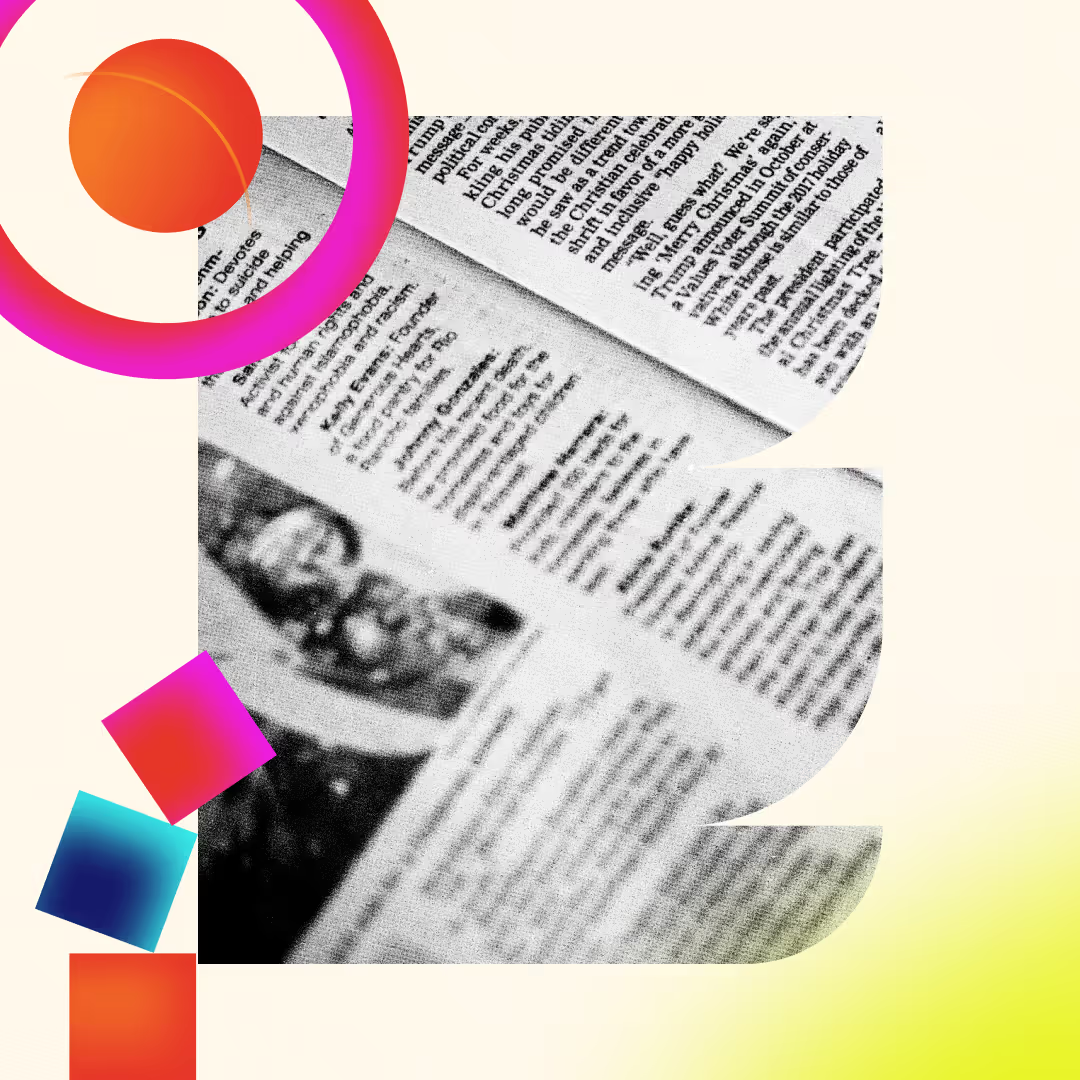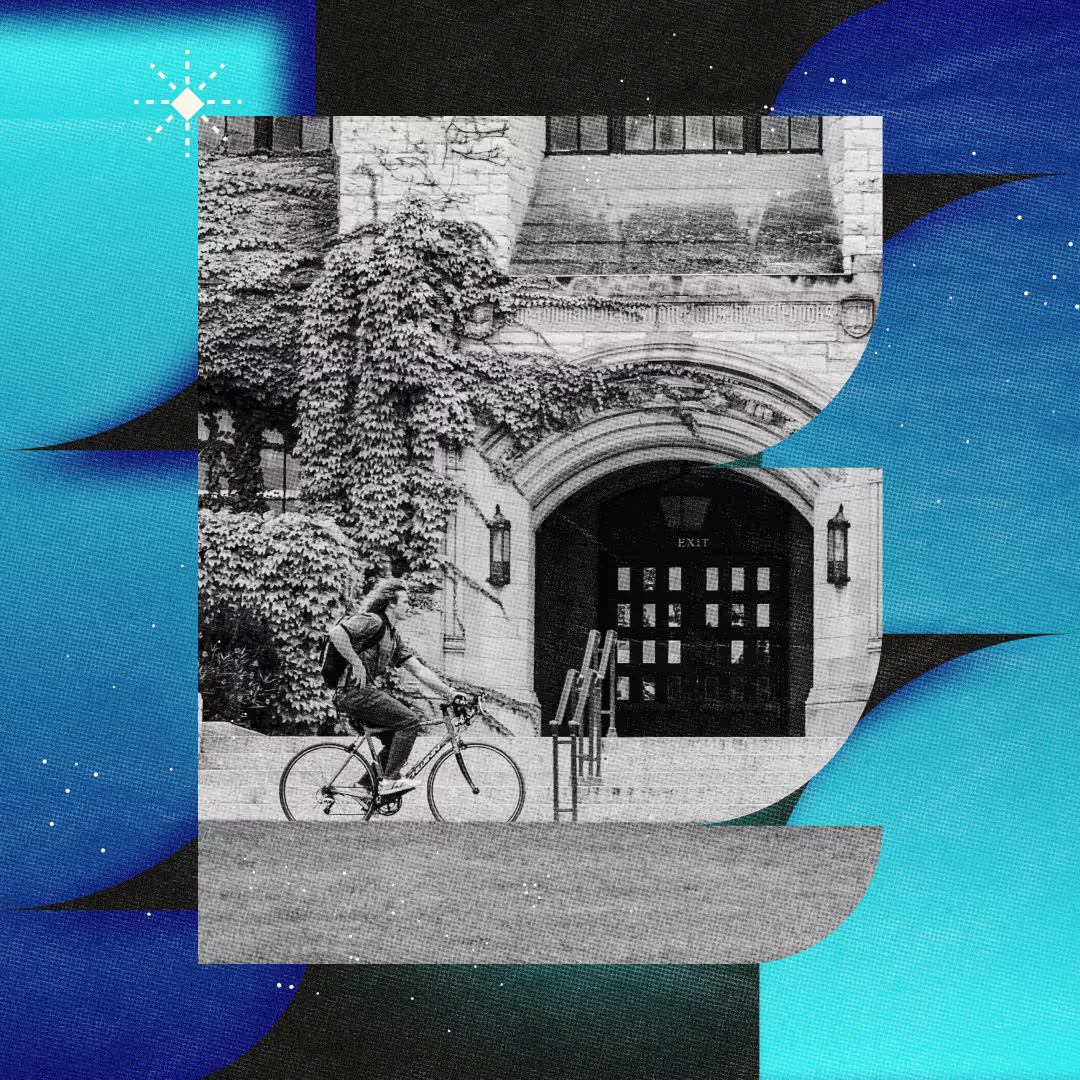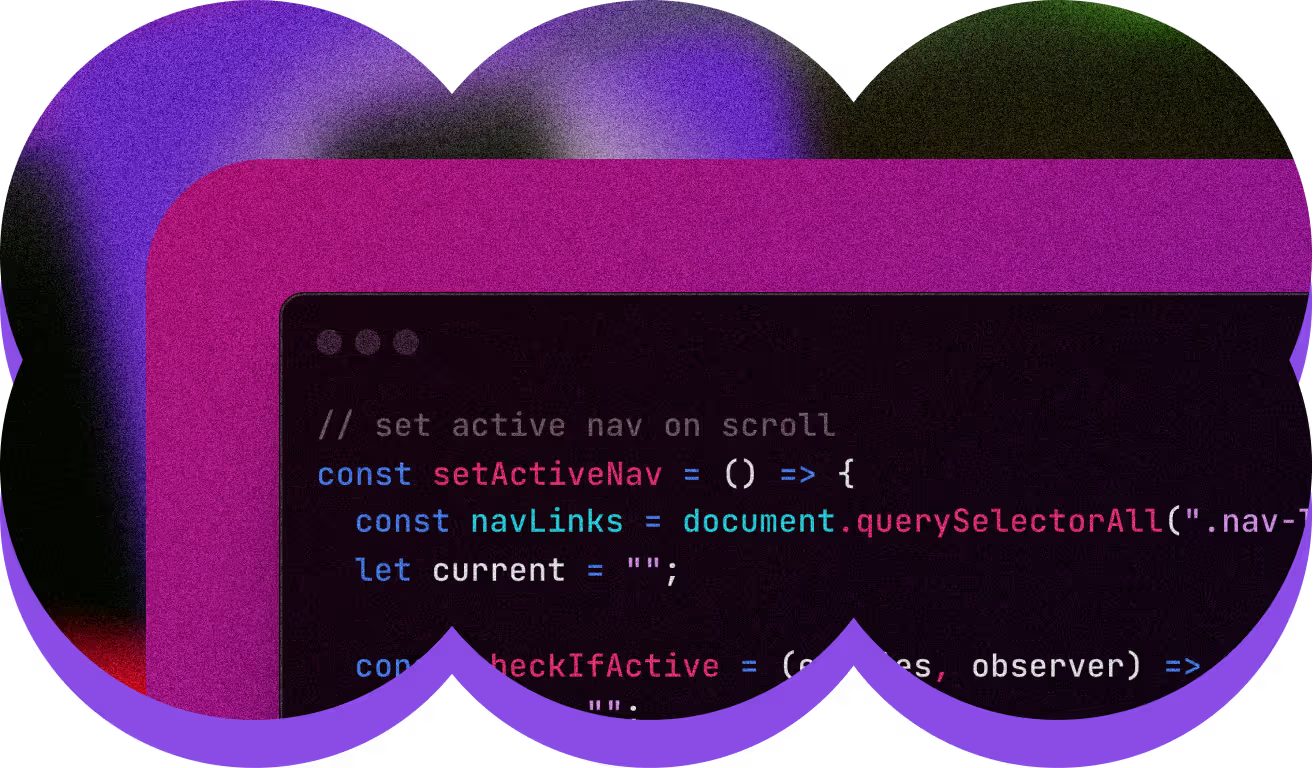





We Help In Two Ways
A Full-service design & development partner
End-to-end digital growth partner
We work with marketers who are looking for more than a simple redesign — they want a team who can understand them, truly partner up, and embrace the unique opportunities and constraints of their roles to do the most impactful work possible.
An Injection of Creative energy For Enterprise Implementations
Strategic acceleration for high-stakes initiatives
We work alongside forward-thinking leaders to quickly revamp and revitalize enterprise systems, helping bring people closer together.

WordPress

Webflow

Contentful

Algolia

Salesforce
React

HubSpot

Spektrix
...and more.

Who We Help
Organizations: Southwest, Hilton, Northwestern, Red Rocks, SB Energy, SendGrid, MediaOcean, AMA, UnitedWay, Delta Dental
Teams
Marketing Executives
Marketing Executives
Internal Communications
I.T.
C-Suite
Industries
Travel/Hospitality
Travel/Hospitality
Civic Arts + Venues
Healthcare
Utilities
Non-profits
Small Business






How We're Different
Ambition of a top creative studio
Execution skill of a digital product agency
Focus on creating long-term change of a consultancy

Ambition of a top creative studio
Execution skill of a digital product agency
Focus on creating long-term change of a consultancy

Ambition of a top creative studio
Execution skill of a digital product agency
Focus on creating long-term change of a consultancy
How We're Different

Ambition of a top creative studio

Execution skill of a digital product agency

Focus on creating long-term change of a consultancy
Clique Lab
Dedicated home for experimentation to see what’s next.
Clique Creative Grant
We invest in the individual creative pursuits of every person at Clique, every year.
Learning
Clique U Sessions, Lightning Talks, Educational Support, and more.
Open Tabs
A weekly dose of reliable creative inspiration in your inbox every week.
Latest from Clique Studios


Creativity Works
219%
Creative-led companies outperformed the S&P by 219% over 10 years.
>100
[Over 100 studies] concluded that creative expression has a powerful impact on health and well-being on various populations.
67%
67% of creative-led companies had above-average organic revenue growth.
219%
Creative-led companies outperformed the S&P by 219% over 10 years.
>100
[Over 100 studies] concluded that creative expression has a powerful impact on health and well-being on various populations.
67%
67% of creative-led companies had above-average organic revenue growth.
“You don’t know if a partner understands your organization until you get a deliverable in front of you, but Clique nailed it from the beginning. Seeing the design that matched our organization and where we wanted to go was a testament to the strategy work we put in beforehand.”
- USA Volleyball

In Closing
We’re here based on the belief that if we can help organizations move forward in more creative ways — if we can make our work a place that enhances our creativity instead of limits it — then we might make our small piece of the world more interesting, more thoughtful, more human. And that’s work worth doing.
If that sounds good by you, perhaps we should find a way to work together.














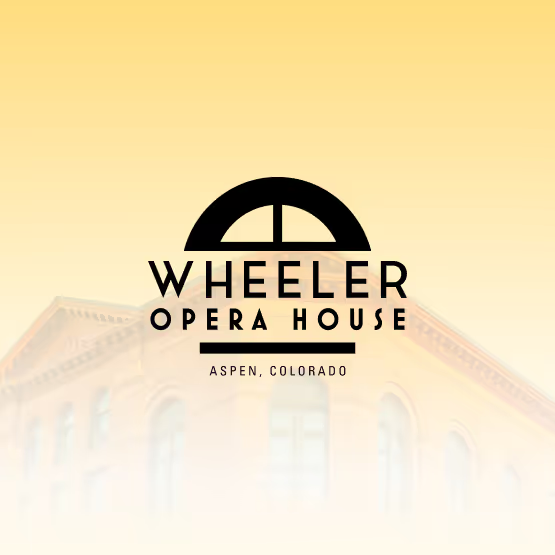



.avif)

